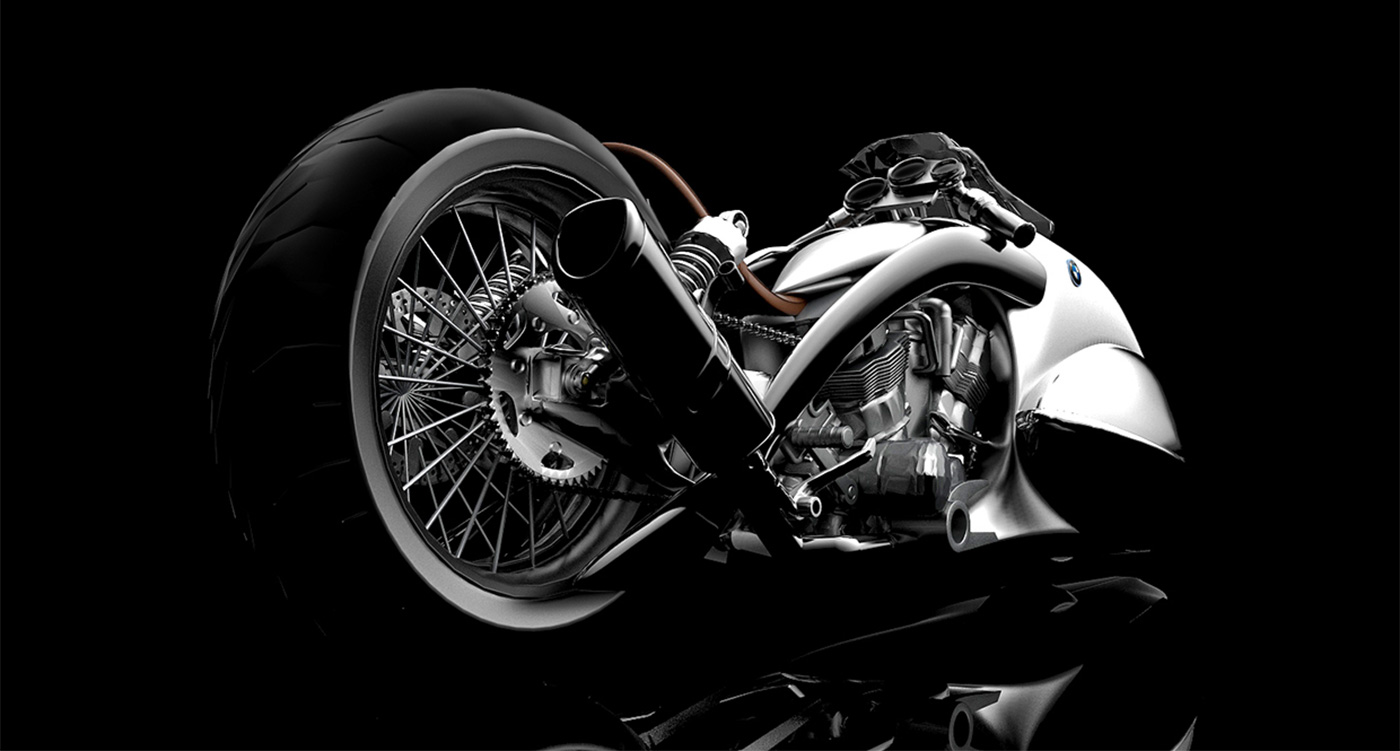Formula 750 was a happy accident. Nobody planned it. After Harley-Davidson’s KR performance upgrade of 1968 made the painstakingly developed 500 Triumphs obsolete, at the winter AMA Competition Congress,Triumph proposed raising the OHV displacement limit from 500cc to 750. To its surprise, Harley countered with a proposal to set the OHV limit at 750, and the motion passed. While Triumph/BSA readied its triples,Honda made a cameo appearance at the 1970 Daytona 200 with a big team of CB750-based racers and won. That is, the experienced and realistic Dick Mann was able to keep his Honda running when big-name teammates did not. Triumphs were second and third.
The next year, the Triumph/BSA steamroller was ready, but in a reprise of 1970, Dick Mann wisely endured while others raced. He was there at the end.
Now Kawasaki and Suzuki announced big 750 two-stroke triple-powered streetbikes, and AMA removed the last restriction, making its big class a straight 750 formula. As the 1970s got rolling, the US was clearly the biggest motorcycle market in the world, and a Daytona win was a key to that market. While Giacomo Agostini on his MV continued to win European 500 GPs by minutes, not seconds, from fields of 1962 British Manx Nortons and Matchless G50s, Daytona made them look small-time. The AMA’s new 750 class offered the fastest riders in the world, on the fastest bikes in the world, on the fastest track in the world.
Oops. The new 100-horsepower two-stroke monsters from Japan chewed up their tires in 1972 Daytona practice. And in the 200-miler, Don Emde on an over-the-counter Yamaha 350cc two-stroke production racer, had the speed and endurance to win. Where were the four-strokes? Other than Phil Read down in fourth on a Norton, nowhere. Triumph/BSA’s R&D dollars had leaked away. Harley saw this was no longer their game, and Honda, the “GM of motorcycling,” held aloof.
Now began the dynamic process by which the new 750 class reinvented the motorcycle. The year 1972 showed that existing tires, suspension, and chassis were completely inadequate. New solutions were essential.
In 1973, Yamaha’s little 350 twin scored at Daytona again, this time in the hands of European rising star Jarno Saarinen, first in a Yamaha 1-2-3.
Kawasaki, who had not participated in the GP racing of the 1960s, saw innovation as a way to catch up. Its US team had a choice of stock H1R (500) frames, frames from Japan, and frames made in California by C&J in direct consultation. Mechanics building for a given race could pull parts from a big assortment—swingarms, forks, brakes, chassis. Suzuki worked in a more controlled way and focused on horsepower, soon pushing its liquid-cooled TR750 to 125 hp. As we know, the higher power is pushed, the narrower its delivery gets, causing the late Gary Nixon to say, in his Marlon Brando mumble, “That’d be a pretty good little engine, if it wasn’t so damned hard to ride.”
Another turning point came in 1974, when Yamaha released its big bike, the four-cylinder TZ750A, and Agostini won Daytona on it, shod with Dunlop’s new, super wide, round-section Speedway tire. At the same time, Goodyear released its first slick tires. And borrowing from off-road racing, roadrace teams began to adopt long-travel rear suspension, implemented as a monoshock or with cantilevered or angled twin suspension units.
Buried in every success are the elements of eventual failure. Yamaha showed it could design a production racer—for sale to any qualified rider—that was faster than the factory bikes of the competition.
Suzuki continued to improve its TR750 Triple, achieving tremendous top speeds. Constructor Erv Kanemoto put Gary Nixon’s factory Suzuki engine into his own chassis (fabricated by C&J in California) and Nixon responded by doing the impossible—winning at twisty, 10-turn Loudon, New Hampshire.
In 1975, Kawasaki sought to end the problems of its air-cooled 750 H2R by building its own water-cooled machine—the brutal KR750. This was not, as some thought, “a liquid-cooled H2R.” This was a from-the-ground-up race engine, built in high-strength sand-cast cases, its three cylinders in a single block, and with an all-new six-speed gearbox.
Seeing Daytona’s success, Europe fostered the Imola 200 in 1972. Japanese machines were invisible as Agostini led lap after lap, on a shaft-drive MV. When Ago was out, Paul Smart (hired for the race by a phone call) won on Ducati’s new bevel-drive desmo 90-degree V-twin. This started a separate development that would one day become Ducati’s endlessly evolving ottovalvole twins.
Norton strove to substitute ideas for R&D money. Peter Williams brought a wonderfully clever and streamlined bike to Daytona in 1972, which reached remarkable speed before suffering a blocked intake. A stainless monocoque frame followed, and Cosworth, having revolutionized F1 engine design, was called upon to morph two DFV F1 cylinders into a 750cc parallel-twin for motorcycles. Cosworth’s ideas would be successfully imported into motorcycling by Massimo Bordi, father of the Ducati eight-valve twins. Those ideas now find near-universal application in motorcycle and auto engine design.
The more successful Yamaha’s TZ750 became, the more criticism it drew. The FIM, reportedly at one time ready to adopt a 750 GP class, dropped the idea. Despite the fact that Yamaha offered its 750 racers for sale (322 of them were built) while Triumph, Kawasaki, Suzuki, and the others never did, pundits complained that the TZ was not derived from a production bike. In fact Yamaha had presented the production bike at the Tokyo Motor Show, but owing to emissions-control trends in the US, it was never built.
The four-strokes-only people dismiss Formula 750 as “the forgotten era,” but in fact technologies of today were forced into being by F750’s collision of tire-shredding horsepower and tradition. When lightweight, high-power four-stroke engines at last appeared in the late 1980s and early 1990s, the chassis, tire, and suspension solutions of F750 were ready for them.



